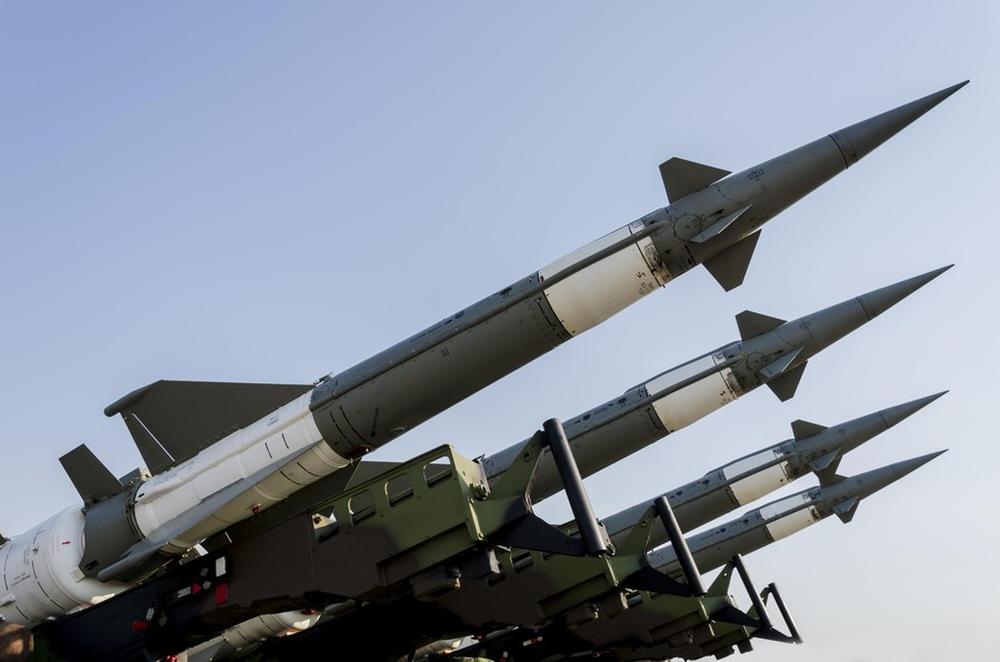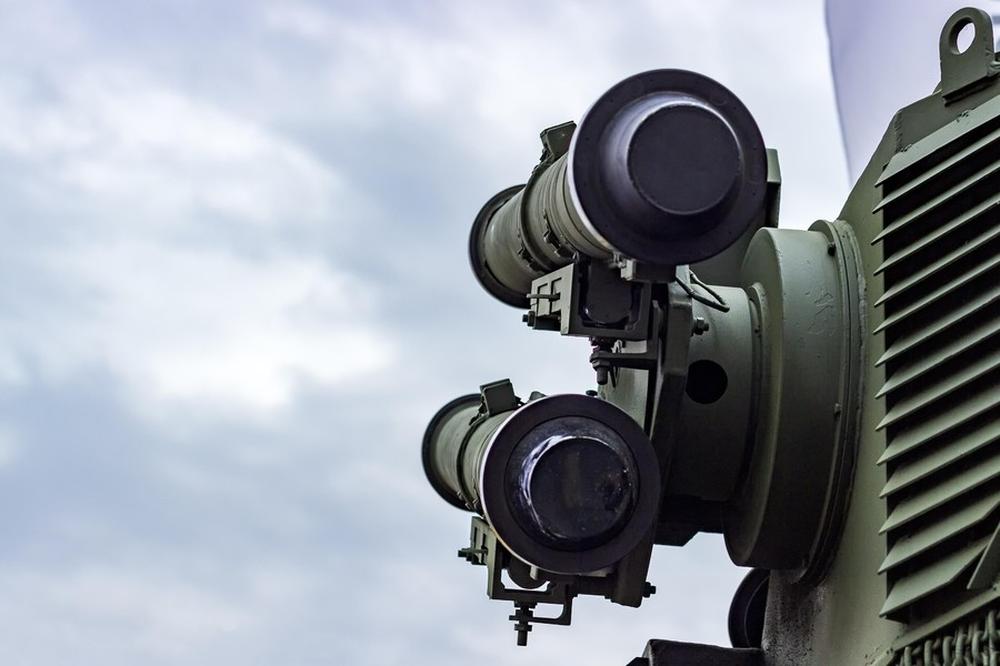- #North Korea
- #Nuclear & Missile Issues
- #US Foreign Policy
- #US-ROK Alliance

► Extended deterrence refers to the use of such threats to protect an ally state from aggression by another country. The success of extended deterrence depends on the perceptions of the potential aggressor.
► The main concern with nuclear North Korea is that extended deterrence may fail, if North Korea does not find US security promises to South Korea or Japan as credible when considering aggression against these states in the future.
► Accompanying the so-called Washington Declaration, the United States foreign policy in recent months has focused on further improving its presence in the region and the credibility of its extended deterrence and reassure its allies.
► While such defensive moves and deployments by the US may help deter North Korea and reassure allies, a potential side effect could be an increased perception of threat in neighboring countries, such as China.
Is the United States ready to sacrifice New York to defend Paris? Charles de Gaulle famously asked this question to President Kennedy about the credibility of the United States' commitment to defend Western Europe against Soviet aggression during the Cold War. This concern about the reliability of alliance commitments was a key motivation for France to acquire its nuclear deterrent capability in 1960. As North Korea continues developing its nuclear and ballistic missile programs, similar questions have been raised in Japan and South Korea in recent months about the credibility of the US nuclear umbrella against North Korean aggression. This essay will discuss the policy responses the US adopted to reassure its allies in the region by focusing on the concept of extended deterrence.
Deterrence is a concept that can be defined as the use of implicit or explicit threats of punishment by a state to discourage another state from attempting to change the status quo forcefully. Extended deterrence, similarly, refers to the use of such threats to protect an ally state from aggression by another country. Finally, the related concept of compliance means using threats of punishment to convince others to accept changes to the status quo in one’s favor.
The prevailing view in the scholarly literature is that possessing nuclear weapons does not necessarily help states achieve compliance through coercive threats. In contrast, the theoretical and empirical literature has shown that sufficiently advanced nuclear capability possessed by a state is an effective tool for successful deterrence against conventional or nuclear aggression by an adversary, including nuclear powers like North Korea. Does such effectiveness also extend to non-nuclear states like South Korea or Japan that enjoy promises of protection from nuclear power allies like the United States? The jury is still out on the credibility of extended deterrence. Just as de Gaulle was concerned that the Soviets might not take US deterrent threats seriously, many states in the past questioned the credibility, reliability, and usefulness of formal or informal alliance commitments. Some states like France or Israel went on to develop their deterrent nuclear capability due to such concerns. When it started pursuing nuclear weapons, North Korea was at least in part motivated by similar concerns about the reliability of protection by its ally China.
According to the literature, then, the problem with a nuclear North Korea is not that it would achieve compliance, or make territorial or policy gains in the region just by threatening to use nuclear weapons against its opponents. Instead, the main concern with nuclear North Korea is that extended deterrence may fail, if North Korea does not find US security promises to South Korea or Japan as credible when considering aggression against these states in the future.
Perceptions of the potential aggressor are a key determinant of the success of extended deterrence. Does the aggressor believe that the nuclear patron is willing to pay significant costs to defend an ally, if it meant that the patron itself may be targeted by nuclear weapons? Given that great powers like the United States and the Soviet Union historically went to great lengths to prevent the spread of nuclear weapons among other states, including their allies, what do such powers do to increase the credibility of their alliance commitments and reassure their allies?
These are important questions for the Korean peninsula today, as North Korea ramped up its efforts in recent months. Just this week, Kim Jong Un called for a drastic increase in North Korean missile production capacity. North Korea tested yet another intercontinental ballistic missile (ICBM) last month. Recent tests are more concerning as they involve solid-fueled ballistic missiles, a more advanced, harder-to-detect and intercept technology than the previously tested, liquid-fueled versions.
Likely in response to such developments, polls conducted in South Korea in recent months suggest increasing levels of public support for acquiring nuclear weapons. After all, South Korea’s development of its own nuclear weapons capability would help establish successful deterrence without having to rely on promises and commitments by a nuclear power ally. In response, reflecting the United States’ strong preference against the spread of nuclear weapons, the US government has renewed its efforts to strengthen the credibility of its extended deterrent promises in recent months. A meeting in April between US President Joe Biden and South Korean President Yoon Suk Yeol culminated in the so-called Washington Declaration, in which South Korea agreed not to pursue a nuclear weapons program, and in exchange acquired more decision-making influence in US responses to North Korean aggression.
Accompanying this agreement, the United States foreign policy in recent months has focused on a few areas to further improve its presence in the region and the credibility of its extended deterrence and reassure its allies. First, improving coordination and cooperation among US allies in the region is a necessary step for reducing allies’ security concerns about an increasing North Korean threat. As of the time of this writing, a highly anticipated Camp David summit between the leaders of the United States, South Korea, and Japan has not yet taken place, but this meeting will likely lead to significant improvements in security cooperation between South Korea and Japan in several areas, including information sharing and technological cooperation against common security threats.
Another option to reassure allies and increase the credibility of commitments would be through the deployment of nuclear weapons in South Korea. While there has been increased popular support in South Korea for the redeployment of US nuclear weapons, the United States has been reluctant to do so after the US tactical nuclear weapons were removed from the Korean peninsula in 1991. As an alternative, recent months witnessed increased US nuclear presence in the region. For instance, for the first time since the Cold War, the United States sent one of its nuclear-armed submarines, the USS Kentucky, to the Busan port in South Korea last month as agreed during the bilateral meeting in April, a move that angered North Korea.
Improving defenses against North Korean ballistic missiles is another way to reassure allies. Defending against ballistic missiles is a difficult endeavor and existing technologies have a long way to go before they can be deemed reliable against nuclear missiles. Nevertheless, existing technologies can target missiles in their boost, midcourse and terminal phases, with varying levels of effectiveness. Upon South Korea’s request, the United States deployed the Terminal High Altitude Area Defense (THAAD) system in South Korea in 2016. In recent months, South Korea took further steps for the permanent installation and operationalization of the THAAD system. In addition, a joint military drill between American, South Korean, and Japanese forces last month involved the sea-based AEGIS ballistic missile defense systems by these three countries.
While such defensive moves and deployments by the US may help deter North Korea and reassure allies, a potential side effect could be an increased perception of threat in neighboring countries, such as China. China strongly protested when South Korea announced the decision to deploy the THAAD system. As the system was installed and became operational in the following years, the decision strained the relationship between the two countries, and China continues to consider the system and its accompanying radar as a threat to its nuclear deterrent.
Finally, although it concerns another region of the world, the United States’ response to the Russian invasion of Ukraine cannot be ignored when one talks about the credibility of US extended deterrence. The cost of the United States' support to Ukraine in the form of direct military, economic and humanitarian aid has surpassed 100 billion US dollars, and this figure increases by the day. When one also considers the indirect costs of the ongoing war to the United States and the global economy, one may conclude that the US may not be paying such costs only to help Ukraine defend itself, weaken its long-term strategic rival Russia, or protect international norms of territorial integrity. Another likely motivation for such support is the prevention of similar challenges to the status quo in the future, including on the Korean peninsula and in the Taiwan Strait, by increasing the credibility of US extended deterrence commitments and reassuring its allies.
Muhammet Bas is an Associate Professor of Political Science at New York University Abu Dhabi. He received his PhD and MA from the University of Rochester, and his BA from Bogazici University. Prior to joining NYUAD, He was an associate professor in the Government Department at Harvard University. In his research, he studies factors affecting the likelihood of international conflict. These include (1) various sources of uncertainty in crisis interactions; (2) emergence and spread of new military technologies, and in particular, nuclear weapons; and (3) changes in the natural environment such as climate change, or natural disasters. In order to address these substantive questions appropriately, he has developed a number of new measures and statistical methods, some of which can be fruitfully utilized in other areas of international relations and political science. His research on these topics have appeared in journals such as Journal of Politics, International Organization, Journal of Conflict Resolution, International Studies Quarterly, and Political Analysis.


